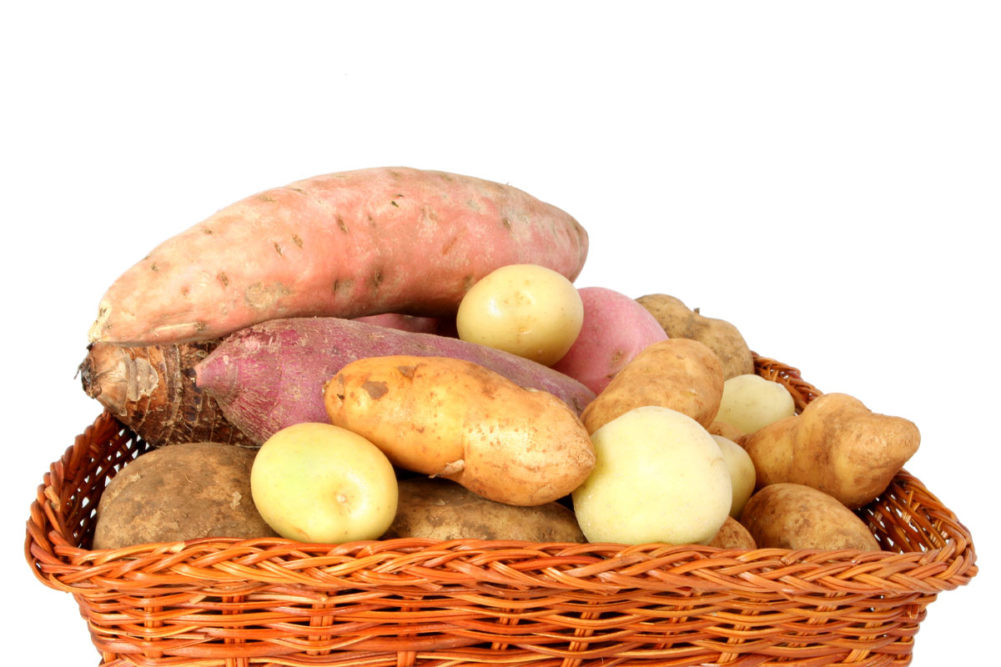WASHINGTON — Extreme care should be taken by the Dietary Guidelines Advisory Committee in its consideration of modifying quantities of grains within recommended dietary patterns, according to the Grain Foods Foundation. In a Nov. 15 letter to the Department of Health and Human Services, Erin Ball, executive director of the GFF, warned that deleterious unintended consequences were possible if grains are replaced with alternative carbohydrates such has starchy vegetables, beans, peans or lentils.
A simulation of such a replacement is being explored by a subcommittee of the DGAC as part of the process of preparing recommendations for the 2025-2030 edition of the Dietary Guidelines for Americans.
“While the staple carbohydrate food simulation is well-meaning, we are concerned that replacing whole and/or refined, enriched grains with starchy vegetables and beans, peas, and lentils may further jeopardize nutrient adequacy in Americans, particularly women of childbearing age and those who are lactating because of their heightened nutrient needs,” Ms. Ball said. “Additionally, we recommend that the committee consider that cost and shelf-stability may be an issue when considering replacing grain amounts with starchy vegetables.”
The letter was written in response to a request for public comment on new and updated draft protocols of the 2025 Dietary Guidelines Advisory Committee. The invitation for comments followed the third meeting of the DGAC, held in late September. The DGAC is using three approaches to examine the scientific evidence regarding nutrition health, including data analysis, food pattern modeling and systematic reviews. The second approach, which has attracted GFF attention, will examine hypothetical modifications to grain-based foods consumption, assessing the changes’ potential impacts on nutrient intake and overall health.
Ms. Ball framed her discussion of food pattern modeling with several points about grains, including:
1 – Staple grains are key sources of nutrients that are under consumed
2 – Grains have important roles in helping Americans meet nutrient needs, including nutrients of public health concern, with distinct roles for both whole and refined grains
3 – The DGAC should avail itself of classifying staple grain foods more discretely, to appreciate the foods’ contributions to healthy eating
4 – Because nutrition insecurity is a “pervasive concern in the US,” the value of staple grain foods as affordable, popular and important sources of nutrients should be better understood.
The health consequence of grain-foods avoidance may be devastating, Ms. Ball said.
“Research shows that those who follow a carbohydrate-restricted diet are 30% more likely to have an infant with anencephaly or spina bifida,” she said. “Grain foods are nutrient-dense, providing dietary fiber as well as essential vitamins such as folate, thiamin, niacin, vitamin B6, riboflavin, and vitamin A; as well as minerals such as iron, zinc, manganese, copper, magnesium, phosphorus and selenium.”
DGAC data analysis should illuminate the important and distinct roles whole and refined, enriched grain foods play in healthy dietary patterns. She cautioned that replacing grains with starchy vegetables and beans, peas and lentils could exacerbate intake shortfalls of folic acid, fiber and minerals.
The DGAC defines dietary patterns as “the quantities, proportions, variety, or combination of different foods, drinks, and nutrients in diets, and the frequency with which they are habitually consumed.”
She cited an NHANES 2009-2016 analysis (National Health and Nutrition Examination Survey) showing that if grains intake were cut in half, the percentage of children below the estimated average requirements for folate would jump to 9.2% from 3.6% and would almost double for adults, to 23.2% from 12.2%.
Additionally, the GFF urged the committee to “distinguish between staple and discretionary grains when assessing results and implications of food pattern modeling and systematic evidence reviews.”
The point was made more directly in response to comments from the DGAC pointing to evidence consuming more whole grains and fewer refined grains would be associated with reduced risk of several chronic conditions, including cardiovascular disease and type 2 diabetes.
“As stated in point 3 above, we are concerned that grouping together staple refined grains and discretionary refined grains is not in the interest of public health,” the GFF said. “In the 2020 dietary pattern and growth, size, and body composition systematic review, refined grains and sweets were grouped together inconsistently. Not all refined grains are discretionary; in fact, only about 17% are.”
Because refined grains tended to be lumped together with less healthful foods in epidemiological studies, the perspective on the healthfulness of grains is skewed and “can lead to misleading findings,” Ms. Ball said.
Regarding affordability, Ms. Ball said the benefits of staple grain foods as a popular source of nutrition manageable on tight budgets and accommodative of diverse cultural foodways, particularly in addressing nutrition insecurity in the United States should be recognized by the committee.
The GFF recommended that, in their analyses of these simulations, the committee should consider how affordability and shelf-stability may be negatively impacted by replacing grain amounts with starchy vegetables.




